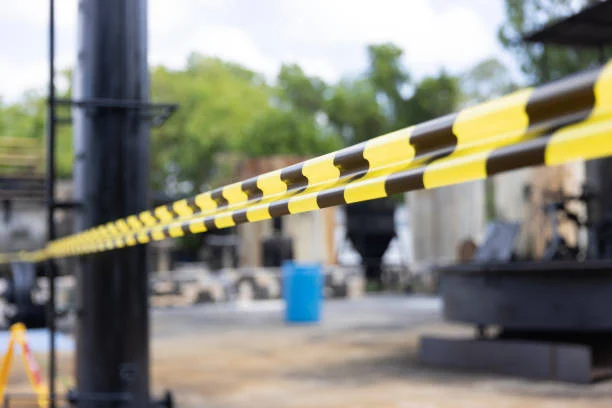
Introduction
Sodium cyanide is a highly Toxic Chemical widely used in industries such as mining, electroplating, and chemical synthesis. Due to its toxicity, the Proper Disposal of abandoned Sodium Cyanide containers is of utmost importance. Mishandling these containers can lead to serious environmental pollution and pose a significant threat to human health. This article will provide a comprehensive guide on how to safely and properly dispose of such containers.
The Danger of Abandoned Sodium Cyanide Containers
Sodium cyanide is extremely toxic. Even small amounts can be lethal if ingested, inhaled, or if it comes into contact with the skin. Abandoned containers may still contain residual sodium cyanide, which can leak over time. When Sodium cyanide comes into contact with water or acids, it can produce hydrogen cyanide gas, a volatile and highly poisonous substance. This gas is heavier than air and can accumulate in low - lying areas, endangering the lives of those in the vicinity. In addition, if the residual sodium cyanide seeps into the soil or water sources, it can contaminate the environment, causing long - term damage to ecosystems and potentially entering the food chain.
Regulatory Compliance
Before starting the disposal process, it is crucial to be aware of and comply with all relevant local, national, and international regulations. Different regions have specific laws regarding the handling and disposal of hazardous waste, especially substances as toxic as sodium cyanide. These regulations cover aspects such as proper labeling of the waste, documentation of the disposal process, and the use of authorized disposal facilities. Non - compliance can result in severe penalties, including substantial fines and legal liabilities. For example, in the United States, the Environmental Protection Agency (EPA) has strict regulations under the Resource Conservation and Recovery Act (RCRA) that govern the management of hazardous waste, which sodium cyanide - related waste falls under.
Step - by - Step Disposal Process
1. Initial Assessment
First, visually inspect the abandoned container. Check for any signs of leakage, corrosion, or damage. If there is visible leakage, do not attempt to move the container without proper precautions. Mark the area around the container to prevent unauthorized access.
Try to determine the quantity of sodium cyanide remaining in the container. This information will be useful for the subsequent disposal steps, especially when choosing the appropriate disposal method and the amount of reagents needed for treatment (if applicable).
2. Safety Precautions
Wear appropriate personal protective equipment (PPE). This includes chemical - resistant gloves, a full - body hazmat suit, safety goggles, and a respirator with a high - efficiency particulate air (HEPA) filter or an appropriate gas - cartridge for cyanide protection.
Work in a well - ventilated area, preferably outdoors or in a fume hood if available. If working outdoors, choose a location away from populated areas, water sources, and drains.
Have a spill kit on standby. The spill kit should contain absorbent materials, neutralizing agents (such as sodium hypochlorite solution for cyanide spills), and tools for cleaning up spills.
3. Container Sealing (if possible)
If the container has a lid or closure mechanism that is not damaged, carefully seal the container to prevent further leakage. Use appropriate sealing materials such as duct tape (preferably chemical - resistant) or specialized container - sealing compounds. However, if the container is severely damaged, this step may not be possible or effective.
4. Treatment of Residual Sodium Cyanide (Optional but Recommended)
One common method to make the residual sodium cyanide less toxic is oxidation. For example, you can react it with a strong oxidizing agent like potassium permanganate. In a laboratory - scale or small - quantity situation, prepare a solution of potassium permanganate in water at an appropriate concentration (usually around 5 - 10% by weight). Slowly add the sodium - cyanide - containing material from the container to the potassium permanganate solution while stirring gently. This reaction will transform the sodium cyanide into a less toxic substance called sodium cyanate.
Another option is to use a combination of bleach (sodium hypochlorite) and sodium hydroxide. First, dissolve a small amount of sodium hydroxide in water to make a 5% aqueous solution. Then, add the sodium - cyanide - containing material to this solution. After that, add an excess of bleach. This process will also convert the sodium cyanide into a less harmful substance. It is important to note that when using this method, the reaction should be carried out outdoors or in a well - ventilated area because nitrogen gas may be produced during the reaction, and if the reaction vessel is tightly closed, pressure may build up.
5. Packaging for Transportation
Place the sealed (or treated) container in a secondary, leak - proof container. This could be a sturdy plastic drum or a specialized hazardous - waste container. The secondary container should be clearly labeled with the appropriate hazard labels, indicating that it contains toxic and hazardous waste, specifically related to sodium cyanide.
Secure the container within the secondary container to prevent movement during transportation. Use padding materials such as foam or bubble wrap to cushion the inner container.
6. Transportation to an Authorized Disposal Facility
Contact a licensed hazardous - waste transportation company. Make sure they are experienced in transporting highly toxic substances like sodium cyanide. Provide them with all the necessary information about the waste, including the quantity, the type of container, and any treatment that has been done.
Follow all the transportation regulations, which may include specific routing requirements, security measures, and the use of appropriate transportation vehicles equipped with safety features such as spill containment systems.
7. Disposal at an Authorized Facility
Authorized disposal facilities for hazardous waste, especially those dealing with highly toxic substances like sodium cyanide, have specialized equipment and processes to ensure safe disposal. These facilities may use methods such as high - temperature incineration in a controlled environment to completely destroy the sodium cyanide. During incineration, the sodium cyanide is burned at high temperatures, converting it into non - toxic or less - toxic by - products such as carbon dioxide, nitrogen, and sodium salts.
Some facilities may also use chemical treatment processes to further detoxify the waste before final disposal. The facility will also handle the ash and any remaining residues from the disposal process in accordance with environmental regulations.
Post - Disposal Verification
After the disposal process is complete, obtain a certificate of disposal from the authorized facility. This certificate serves as proof that the abandoned sodium cyanide container has been properly disposed of in compliance with all regulations.
Keep records of all the steps involved in the disposal process, including the initial assessment, safety measures taken, treatment details (if any), transportation documentation, and the certificate of disposal. These records may be required for regulatory audits or for internal company record - keeping purposes.
Conclusion
The proper disposal of Abandoned Sodium Cyanide Containers is a complex and highly regulated process that requires careful attention to detail and strict adherence to safety protocols. By following the steps outlined in this article, from initial assessment to final disposal at an authorized facility, the risks associated with these toxic containers can be minimized, protecting both human health and the environment. Remember, when dealing with sodium cyanide, safety should always be the top priority.
- Random Content
- Hot content
- Hot review content
- Potassium borohydride
- Phthalic anhydride
- Isobutyl vinyl ether 98% high purity certified Professional producer
- 97% 2-Hydroxypropyl methacrylate
- Adipic acid 99% used as the material of nylon 66
- Sodium selenite,anhydrous 98%
- How do I choose the right flotation reagent?
- 1Discounted Sodium Cyanide (CAS: 143-33-9) for Mining - High Quality & Competitive Pricing
- 2China's New Regulations on Sodium Cyanide Exports and Guidance for International Buyers
- 3Sodium Cyanide 98% CAS 143-33-9 gold dressing agent Essential for Mining and Chemical Industries
- 4International Cyanide(Sodium cyanide) Management Code - Gold Mine Acceptance Standards
- 5China factory Sulfuric Acid 98%
- 6Anhydrous Oxalic acid 99.6% Industrial Grade
- 7Oxalic acid for mining 99.6%
- 1Sodium Cyanide 98% CAS 143-33-9 gold dressing agent Essential for Mining and Chemical Industries
- 2High Quality 99% Purity of Cyanuric chloride ISO 9001:2005 REACH Verified Producer
- 3Zinc chloride ZnCl2 for High Molecular Weight Polymers Initiator
- 4High Purity · Stable Performance · Higher Recovery — sodium cyanide for modern gold leaching
- 5High Quality Sodium Ferrocyanide / Sodium Hexacyanoferr
- 6Gold Ore Dressing Agent Safe Gold Extracting Agent Replace Sodium Cyanide
- 7Sodium Cyanide 98%+ CAS 143-33-9

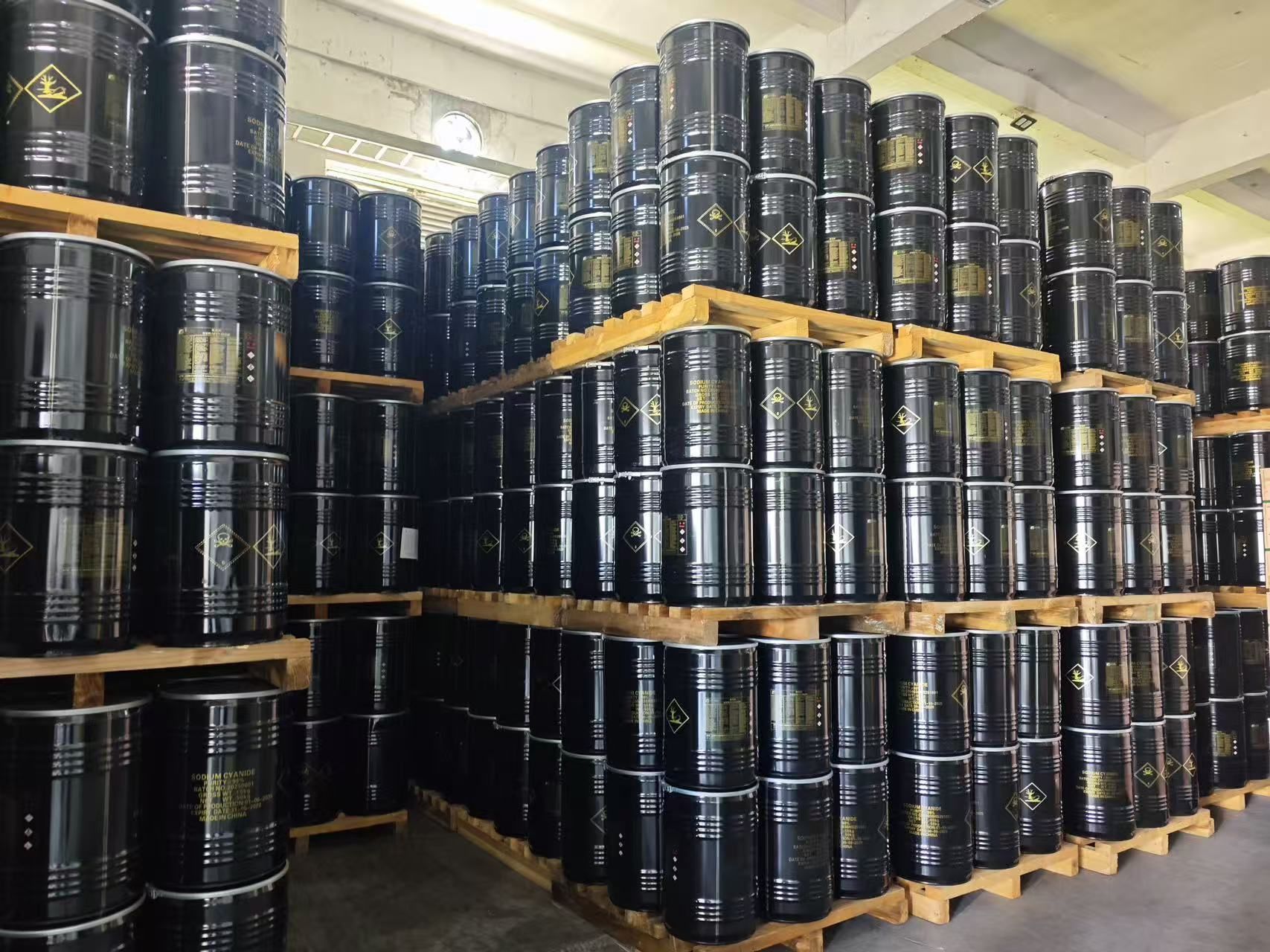
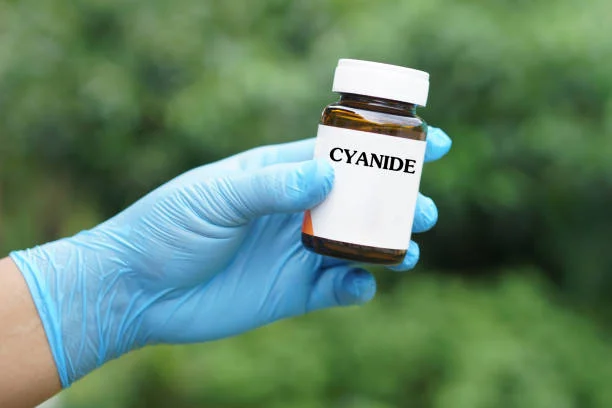
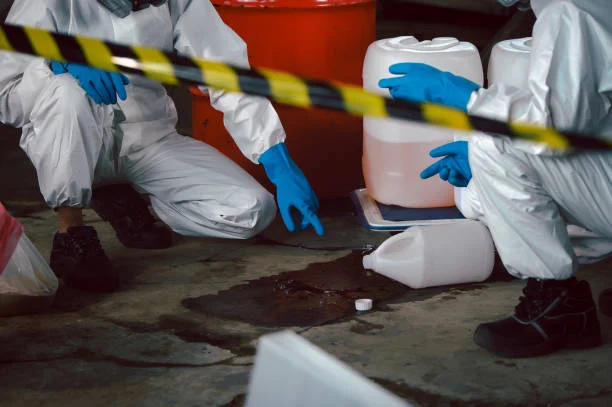
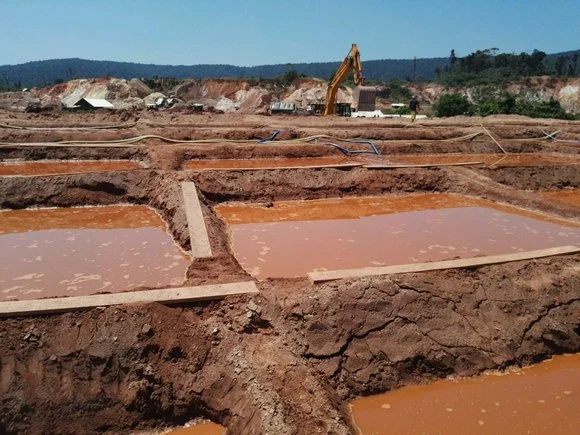
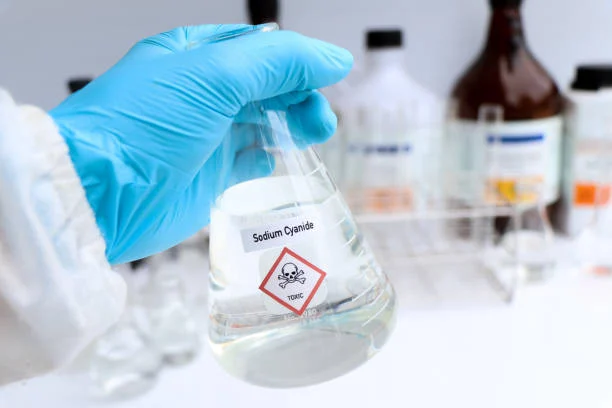


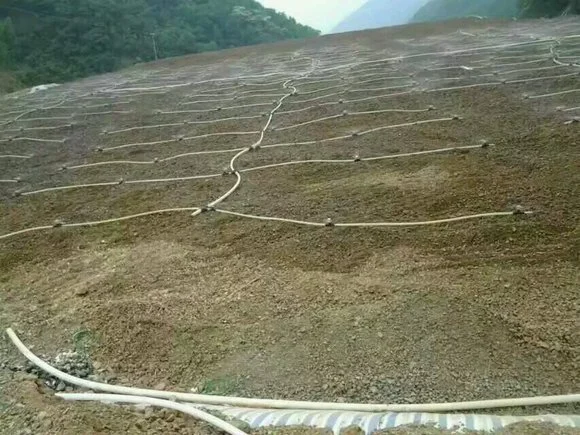


Online message consultation
Add comment: